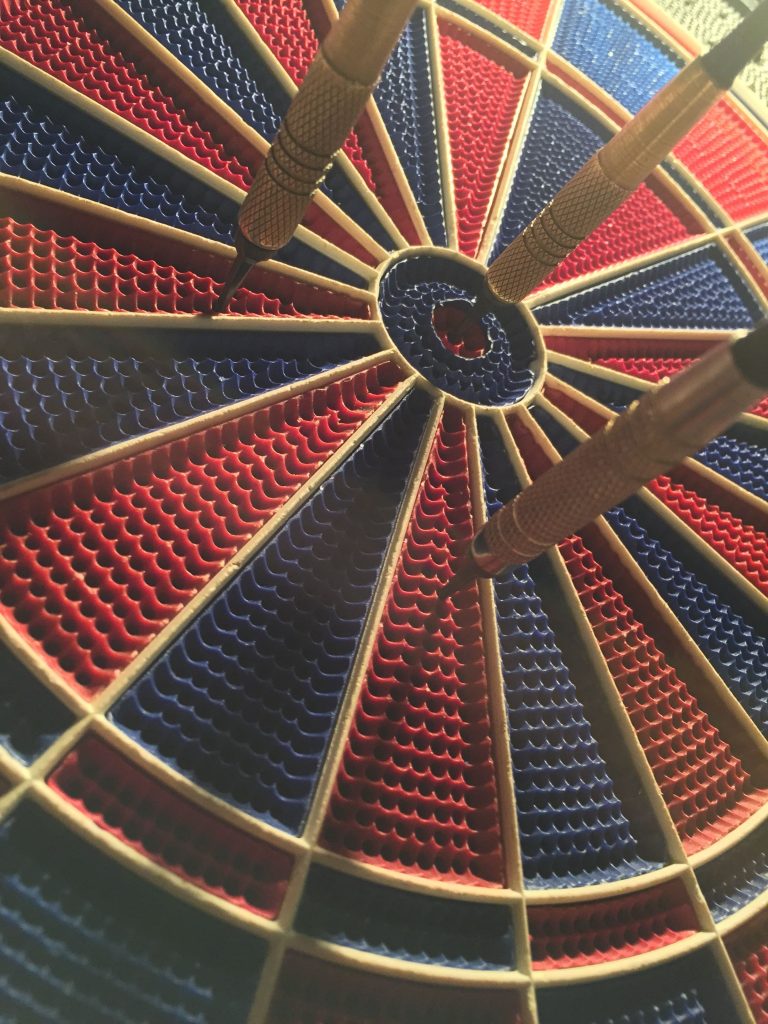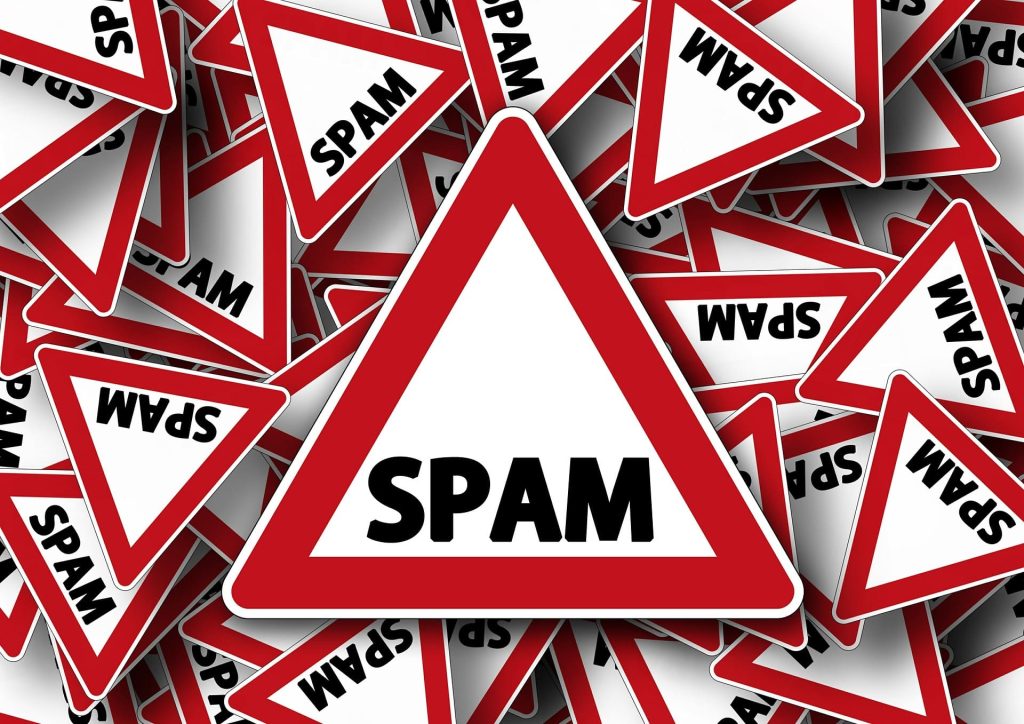How alcohol companies are targeting us and our children via digital media
For nearly decades now, alcohol marketers have been aggressively using digital and social media platforms to promote and distribute alcohol. Platforms such as Facebook, Instagram, Snapchat, YouTube and TikTok are part of the marketing machinery of alcohol brands, retailers and venues. Yet, these platforms’ promotion, advertising, and retail arenunregulated and opaque.
Since the early 2000s, we have seen continuous innovation in social and digital media marketing strategies. Companies invite consumers to create, comment, like and share advertising, partner with influencers, create augmented reality filters and create brief video stories that disappear shortly after users have viewed them.
Behind this continual innovation in formats, we can detect the maturing of highly sophisticated marketing apparatus.

Leveraging social media data
The marketing model of social media platforms converts our everyday social relationships, activities and and expressions into data. This data is leveraged to train algorithmic models that target us constantly – at particular locations and times of the day, respond to our activities and what we’ve been chatting about.
This targeted advertising is integrated with on-demand digital retail, with which we can get alcohol delivered into our homes in under an hour. Most of the alcohol ads we see on digital platforms have “buy” and “shop now” buttons. Digital advertisements have become the fridge door at the bottle shops or bars.
Alcohol marketers create a frictionless system for promoting and distributing alcohol via digital platforms. Recently, Endeavour Group invested $35 million in an initiative codenamed EndeavourX for developing the next generation of their digital infrastructure to combine targeted advertising with their retail after “online sales grew $603 million in just six months”.
As nightlife areas, bars and big-box retailers reach their saturation point in our cities, the alcohol industry is looking for new opportunities. The next wave of growth comes from integrating on-demand distribution into our homes – it’s the alcohol version of Netflix!
Andy Sutton, Endeavour Group head of data and personalisation, said that the company is able to target its audience segmentation more clearly by “distinguishing between premium, mainstream and budget customers”.
At the very moment that the alcohol industry and digital platforms are creating this new form of the alcohol market, they are becoming less accountable to the public. The paradox of the
past decade is that while customers have become more visible than ever to marketers, their activities have become far less visible to us.

Lack of scrutiny of online alcohol promotions
This kind of advertising is created on an algorithmic model feeding on our intimate lives: our searches online, posts on our social media accounts, and previous purchases. The models are designed to respond to our characteristics, interests and behaviours to exploit our vulnerabilities to advertising. This ability of alcohol companies to target an individual with alcohol marketing directly to the palm of their hand means it is near impossible for people wanting to reduce their alcohol use to escape this intrusive marketing.
Alcohol companies share their website data through a medium. The platform generates target audiences for the companie’s products. Then the platform develops “look-alike” audiences of potential new customers who have similar characteristics to the alcohol companies’ most valuable existing customers (ie, people who make frequent purchases or spend significant amounts on alcoholic products). They then target this audience with advertisements for the alcohol company. To ensure the content of the ads is most likely to resonate with a person, “dynamic” ads are used, tailoring the sales promotion, price and product in the ad automatically based on a person’s previous searches, shopping and browsing activities.
While these situations are now routine and ordinary, and are noticed by many, but are ignored by them, hence they are entirely impervious to public scrutiny.
Another problem is that most of our regulatory and policy frameworks are built on the assumption that marketing can be monitored – that it is accountable to independent scrutiny.

Disrupting alcoholism recovery
Imagine this: you’ve been feeling under the weather, stressed, anxious, and out of energy, and you are having sleep problems. You decide it’s time to reduce your weekly alcohol intake because you know it makes you feel much worse. At the same time that you are trying to cut down your alcohol use, alcohol companies are sending you individually targeted advertisements for your favourite alcoholic product. Alcohol companies find you on your Facebook and Instagram with ads prompting you to buy now, offering alcohol delivery within the hour and offers of free delivery if you purchase multiple bottles. These advertisements appear when you want to drink alcohol and know what alcoholic products you prefer and how much you are willing to pay.

Children are also not spared
And children are not spared too! These marketing tactics extend to children and young people. Social media platforms collect massive amounts of data points on children and young people, enabling companies to develop intimate insights into their lives to target them with marketing.
Social media platforms tag children and young people potentially interested in alcohol, priming them to be targeted with alcohol marketing.
Public health researchers have developed a solid evidence base about the harmful effects of advertising on young people. Research shows that children’s exposure to marketing by alcohol companies increases the likelihood that they will start drinking alcohol earlier and drink at risky levels. Research has similarly found engagement with digital alcohol marketing to increase dangerous alcohol use. However, there remains a need to understand the emerging tactics used by alcohol marketers on digital media and how young people are now active participants in the process of alcohol promotion.

Freephone: 0800 140 4044
Local rate: 0300 330 3040



